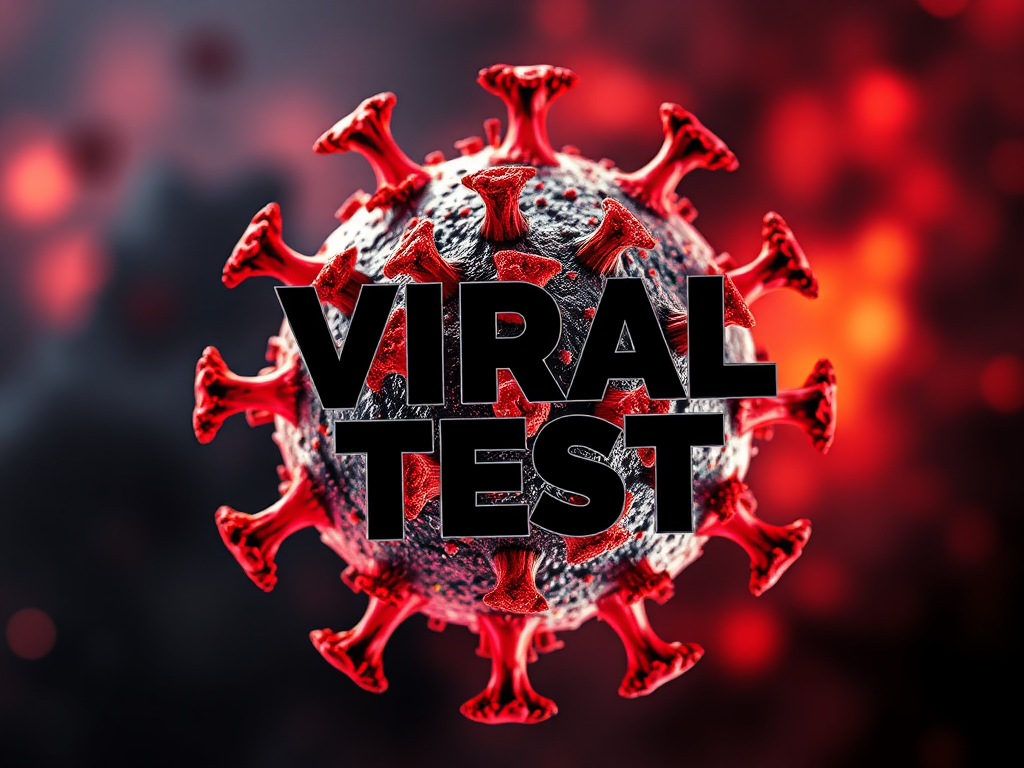Understanding Chronic Pain
Chronic pain is a persistent sensation that extends beyond the typical healing process, often lasting for more than 12 weeks. It can manifest in various forms such as neuropathic, musculoskeletal, or visceral pain, each affecting individuals differently. This persistent discomfort impacts not only physical health but also daily activities and mental wellness. Individuals with chronic pain may experience anxiety, depression, and a reduced quality of life.
Traditional pain management approaches often consist of pharmacological treatments focusing on pain relief strategies. These can include analgesics and anti-inflammatory medications. However, holistic therapies are gaining attention, addressing not just the symptoms but the overall well-being. Mind-body techniques and nutritional changes have shown promise in reducing pain perception. Holistic therapies aim for a more comprehensive approach, emphasizing the integration of body and mind for effective pain relief.
Also to see : Exploring the Connection: Can Gut Microbiome Diversity Influence Depression Symptoms?
The need for tailored chronic pain management plans is crucial. People benefit from understanding both conventional and alternative medicine options, allowing them to make informed decisions about their health. Continual advancements in the field promise more refined strategies for managing chronic discomfort.
Holistic Therapies for Chronic Pain
Exploring holistic therapies offers promising pathways for those battling chronic pain. These natural pain relief methods offer complementing alternatives to traditional treatments, aiming to enhance overall well-being.
Additional reading : Innovative Techniques in Minimally Invasive Aortic Aneurysm Repair: A Comprehensive Exploration
Mind-Body Techniques
Mindfulness and meditation have garnered attention for their role in natural pain relief. Such practices encourage the cultivation of body awareness, reducing stress, and promoting relaxation. Additionally, yoga and tai chi, which combine movement with meditation, provide gentle physical activity that strengthens the body and fosters inner peace. Recent studies indicate these activities significantly improve pain management by altering the brain’s pain perception.
Nutritional Approaches
Diet plays a pivotal role in chronic pain management. Anti-inflammatory foods, like fatty fish and leafy greens, help reduce the body’s inflammatory responses. Including these foods in daily meals can support pain reduction. Supplements such as omega-3s or curcumin also contribute to natural pain relief. Case studies suggest that even minor dietary adjustments can result in considerable improvements in pain levels.
Physical and Manual Therapies
Physical and manual therapies such as chiropractic care, osteopathy, and acupuncture intricately combine traditional and alternative medicine techniques. These methods promote alignment, improve function, and offer natural pain relief. Integrating such therapies with regular physical therapy can reinforce the holistic approach, potentially providing comprehensive benefits for chronic pain sufferers.
Conventional Therapies for Chronic Pain
Chronic pain management often begins with conventional medicine which encompasses a variety of pain relief strategies. Pharmacological treatments remain a cornerstone, featuring commonly used medications such as nonsteroidal anti-inflammatory drugs (NSAIDs) and opioids. These medications offer significant pain relief but come with potential side effects and long-term impacts.
Opioids, in particular, are effective for severe pain but carry risks of dependency and other adverse effects. It is crucial to follow recent guidelines and recommendations which emphasize cautious and responsible prescription use to minimize these risks.
Beyond medications, invasive procedures play a role in managing chronic pain. Surgical options may be considered for cases where other treatments are ineffective, while nerve blocks and injections offer targeted pain relief. However, the efficacy and risks of such surgical interventions vary, necessitating thorough consideration by healthcare professionals and patients.
Overall, conventional approaches focus on reducing pain intensity but must be weighed against potential side effects. Engaging in discussions with healthcare providers is essential for navigating these medical interventions effectively and aligning them with holistic therapies for enhanced outcomes.
Comparative Analysis of Approaches
When comparing holistic therapies and conventional medicine in chronic pain management, notable differences emerge. Holistic therapies emphasize natural pain relief through mind-body techniques, nutrition, and physical therapies. Conversely, conventional methods focus on pharmacological treatments and medical interventions. Success rates vary, with many patients finding value in personalized approaches that incorporate elements from both modalities.
Evaluating therapy effectiveness relies on key indicators such as pain reduction, improved functionality, and mental well-being. For many, integrating various strategies leads to higher satisfaction and better outcomes. Research indicates that individuals using a multi-modal strategy often report enhanced relief and quality of life improvements.
Patient testimonials reflect a broad spectrum of experiences. Many endorse holistic approaches for their reduced side effects and comprehensive well-being emphasis. Conversely, others highlight the immediate relief provided by conventional treatments. Engaging in discussions about treatment comparisons aids individuals in making informed decisions tailored to their specific needs.
Ultimately, examining both therapy types offers patients an expanded toolkit for managing chronic pain, encouraging a balanced evaluation of options for optimal pain management results.
Practical Tips for Integrating Therapies
Adopting a balanced approach to chronic pain management involves merging various strategies to suit individual needs. Integrating therapies can optimise outcomes by combining conventional medicine and holistic therapies to provide comprehensive relief.
Building a Personalized Pain Management Plan
Taking a customised approach to pain management is essential. Patient-centered care ensures treatments are tailored to individual conditions and lifestyles. Collaborating with healthcare professionals to devise a personalized treatment plan can help identify the most effective pain relief strategies. These professionals can guide patients in integrating therapies, ensuring a well-rounded approach.
Tracking progress is crucial. Tools such as pain diaries or health apps can help monitor symptoms and treatment efficacy. These resources allow patients and professionals to adjust strategies as needed, ensuring optimal care.
Community and Support Systems
Support networks play a significant role in managing chronic pain. Engaging with support groups can provide emotional backing and share valuable experiences. Participation in peer support can alleviate the mental burden of chronic pain, creating a sense of community. Numerous resources exist for finding both local and online networks, offering varied support options tailored to individual preferences.


